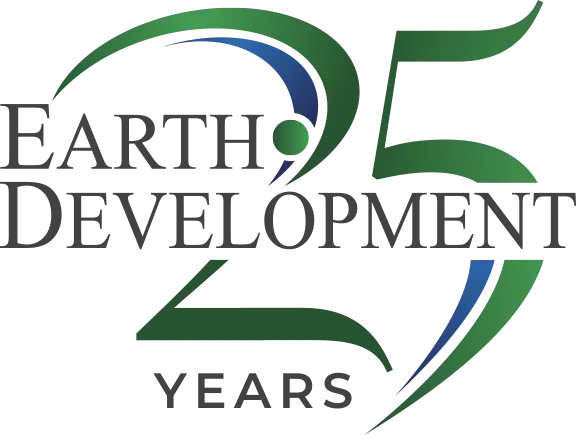In the snow and ice management industry, you’ll often hear the term “zero-tolerance” used to describe a service level where snow and ice are cleared the moment they appear. It sounds ideal—especially for properties that can’t afford downtime or safety issues. But the truth is, there’s no such thing as zero risk.
At Earth Development, we like to say that risk is like a dimmer switch, not an on-off switch. You can turn it up or down depending on your property, your service level, and your expectations, but you can’t eliminate it entirely.
That’s why, instead of promising “zero tolerance,” we build realistic, proactive service plans based on Defined Triggers and Written Aligned Expectations—clear standards for how and when your property will be serviced. And for clients who need the highest possible level of service, we offer our Platinum Service Level—Earth Development’s equivalent of the industry’s “zero-tolerance” program. It delivers continuous monitoring, rapid response, and the most aggressive service triggers available, while staying grounded in real-world risk management.
This approach manages risk instead of pretending it doesn’t exist. It gives property managers the clarity and confidence they need to keep their sites safe, open, and well-managed during every storm.
The Problem With “Zero-Tolerance”
“Zero-tolerance” is often used as a blanket marketing term in the snow industry, but it can lead to misunderstanding. Property managers hear the phrase and expect that their lots and sidewalks will be completely free of snow or ice at all times. That expectation isn’t just unrealistic—it’s impossible.
Storm intensity, temperature swings, traffic volume, and timing all affect how conditions change throughout the day. Even with proactive service, surfaces can re-freeze or accumulate snow between visits.
The better question isn’t, “How do I achieve zero snow?” It’s, “What level of safety and response do I need, and how will my contractor deliver it?”
Managing Risk With Defined Triggers
Defined Triggers are the foundation of a solid snow management plan. They set clear, measurable expectations for when and how your contractor responds. These might include:
- When plowing or shoveling begins (for example, at ½ inch of accumulation)
- When salt or de-icing applications occur (before, during, and after a storm)
- Which areas receive priority (entryways, ADA routes, loading docks, high-traffic areas)
- What communication and documentation you’ll receive during each event
These triggers turn vague promises into operational standards. They ensure your contractor knows exactly what you expect—and you know exactly what you’re paying for.
The Value of Written Aligned Expectations
Written Aligned Expectations take the guesswork out of service delivery. They define what “safe” looks like for your specific property and record that agreement in writing. That means no assumptions, no gray areas, and no miscommunication when weather conditions change.
This documentation also protects you legally. If a slip-and-fall occurs, having a written, agreed-upon plan that outlines service levels and trigger points shows you’ve taken responsible, proactive measures to reduce risk.
A Smarter, Safer Way to Manage Winter Risk
While the term “zero-tolerance” will likely continue to circulate in the snow industry, experienced property managers know that safety depends on planning, not promises. The most effective winter strategies are proactive, data-driven, and tailored to the property’s use, traffic, and risk tolerance.
That’s why Earth Development designs snow and ice management plans that balance service frequency with practical, measurable standards. Our teams monitor conditions 24/7, pre-treat before storms, and dispatch crews according to the triggers we establish with you—so you always know when service is happening and why.
The Bottom Line for Property Managers
“Zero-tolerance” may sound good, but clarity is what truly protects your property. When expectations are defined and written, service becomes predictable, risk is reduced, and communication stays transparent.
Earth Development partners with commercial property managers across the country to build snow and ice programs rooted in real-world performance—not marketing buzzwords.
We’ll help you create a plan built on Defined Triggers, Written Aligned Expectations, and, when appropriate, our Platinum Service Level—so your property stays safe, accessible, and compliant all winter long. Contact Earth Development today to get started before the first storm hits.
